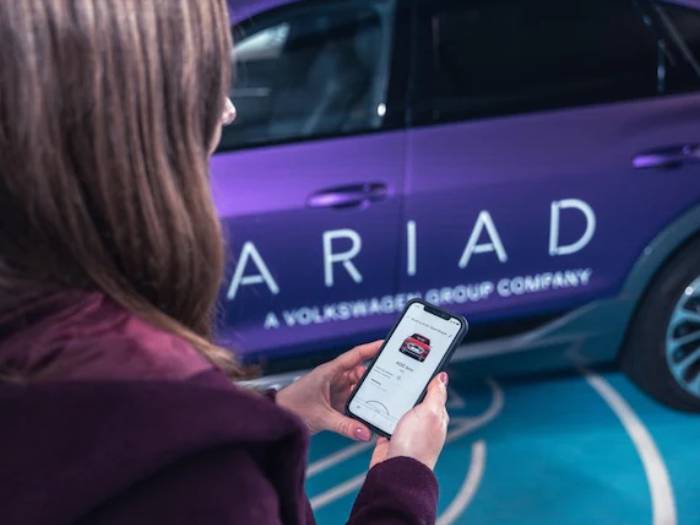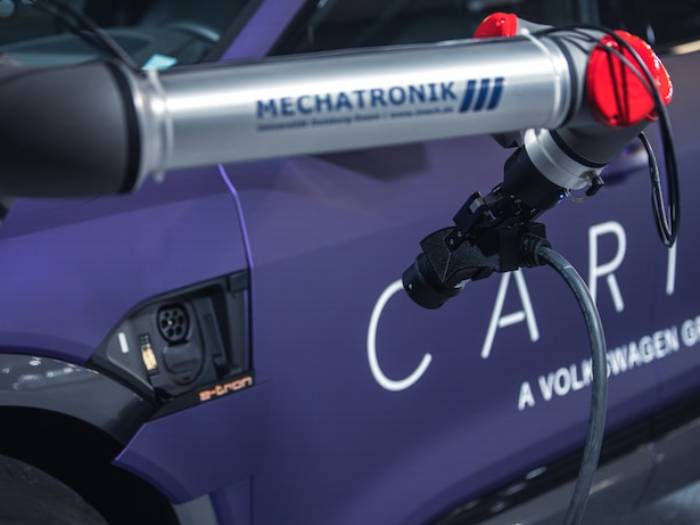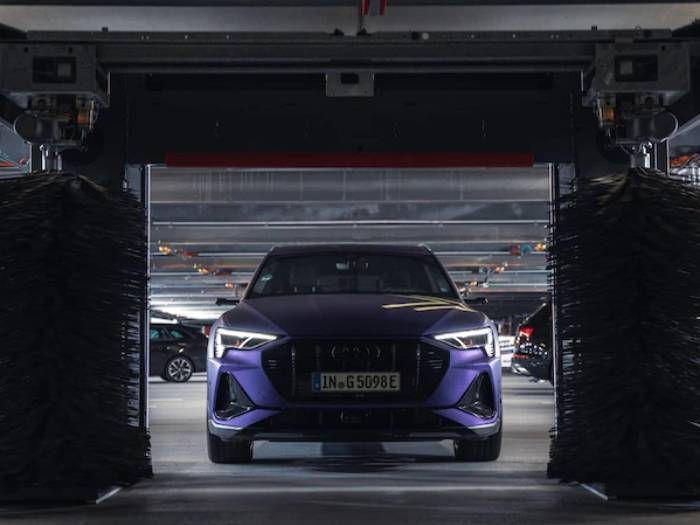Automated Valet Parking: when cars park themselves
CARIAD, the Volkswagen Group’s automotive software subsidiary, has developed and performed real-world testing on its Automated Valet Parking system. A further step towards self-driving cars
Looking for parking is one of the most stressful parts of every car driver’s life. Sometimes you’re running late, other times the spaces are too narrow, and often the only free spaces are miles from your destination. On average, European drivers spend dozens of hours a year looking for parking spaces. But soon this will all be a thing of the past, thanks to the work of the developers at CARIAD on their Automated Valet Parking (AVP) system. These experts are participating in a flagship project initiated by the German Automotive Industry Association (VDA, Verband der Automobilindustrie), also involving other manufacturers. At the recent IAA in Munich, a practical demonstration was given of the potential of this technology.
How AVP works

Once the drivers leave the vehicle – the Audi e-tron Sportback, Volkswagen ID.3 and Porsche Cayenne are the Volkswagen Group models involved in the initiative – inside the “delivery zone” of the parking garage, they only need to lock the doors and activate the function via their smartphone. At this point, the vehicle moves off slowly by itself towards the nearest free parking space, confirming that it is communicating with the car park’s infrastructure through a precise sequence of blinking of the indicators.
But this was not the only function available in Munich. “There were two charging robots, one on the ground, a second hanging from the ceiling, to recharge electric vehicles,” Christian Feist, AVP Development Manager at CARIAD, explains. “If you want, your car can be freshly washed, too; it is all fully automatic, and a security operator monitors everything to make sure your car is always safe and secure.”
Time savings

AVP allows drivers to save a lot of time, and is also the safest possible way to park; in the future, it could potentially be linked with other services, like a kind of concierge at shopping centres, for example: “Imagine, after making some purchases, they are already loaded into your car without you having to carry them around,” Feist continues.
But aside from the advantage of convenience, with AVP the use of available parking spaces becomes much more efficient because the vehicle drives directly to the vacant space detected by the system without making any unnecessary detours. “And that reduces consumption. And particularly in the case of cars with internal combustion engines, also carbon dioxide emissions. This is a factor that shouldn’t be underestimated when it comes to sustainability,” Feist concludes.
When you have finished your shopping or other activities, the car is called back using the dedicated app: once it receives the command, the car leaves its parking space and drives to the area where the owner is waiting.
A common protocol

“This is AVP type 2, where the vehicle must implement the driving commands received from the infrastructure safely and precisely,” explains Rudolf Leinfelder, another member of the CARIAD team. “To ensure that the system works in as many parking garages as possible and with different vehicle brands, it is important that they all communicate via a standardised protocol.”
The purpose of the demonstration organised in Munich was to show off the genuine potential of this technology, which from a technical point of view has been ready for implementation in public contexts for some time. “But before we move from autonomous parking to autonomous driving, there's still a lot to do, especially in terms of safety,” Feist explains.
A city in miniature
Parking garages are the perfect places for testing self-driving technologies. “They’re actually the smallest cities in the world, with cars, pedestrians, bike riders and other vehicles driving around. So even if the car is moving slowly, it still has to be able to perform a lot of different tasks. It needs to be able to drive forward and backward, and brake immediately as soon as an obstacle appears,” Feist adds. A typical situation? A pedestrian unexpectedly popping out behind a parked car, pushing a fully loaded shopping cart. In this case, the car must stop immediately, if necessary also making use of its safety systems.
Source: AUDI AG
VGI | Responsible UO: VP | Creation date: article date | Class 9.1
